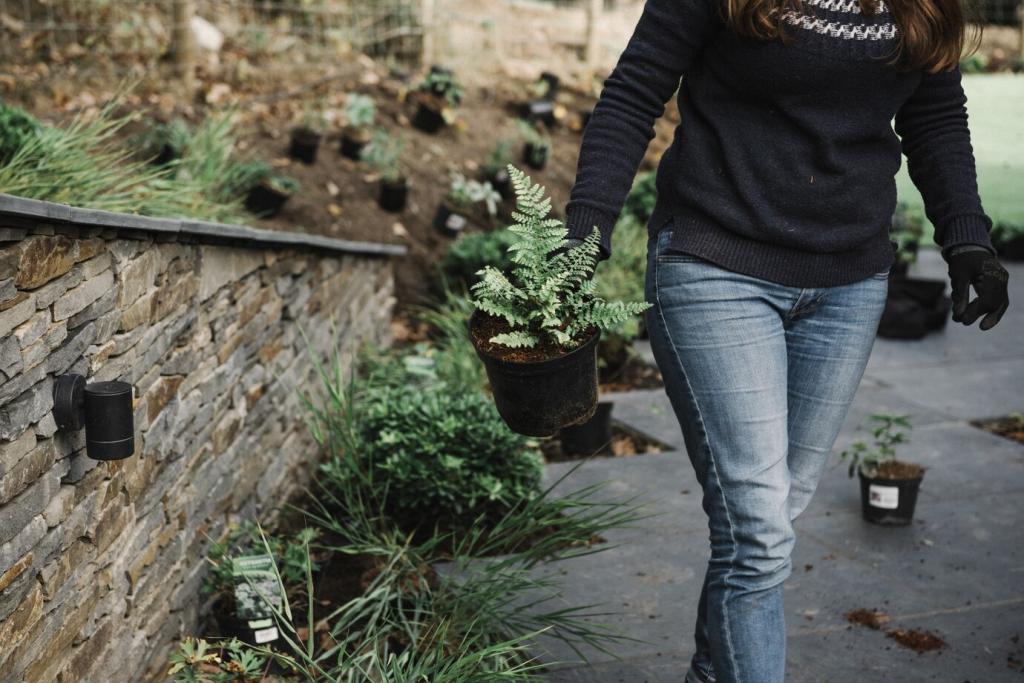Compact Indoor Plant Varieties for Urban Living
The Appeal of Compact Indoor Plants
Small Footprints, Big Impact
Despite their size, compact plants create significant visual and atmospheric changes in a room. They command attention with their vibrant foliage, unique forms, and the refreshing aura that only living greenery can offer. Their adaptability allows them to fit into unconventional spaces like narrow shelves, window ledges, or desk corners, adding vitality without crowding interiors. Urban dwellers value these small plants for their ability to make an immediate, positive impact while working within spatial restrictions. Over time, their presence can help create a calming environment ideal for relaxation or productivity.
Versatility in Decor
The adaptability of compact plants goes beyond just fitting into tight quarters; their varied shapes, textures, and colors allow endless design possibilities. Whether your style leans toward modern minimalism, rustic charm, or colorful eclecticism, there’s a compact plant that perfectly complements your personal aesthetic. Planting them in interesting containers or arranging them with other decorative elements gives flexibility to experiment with interiors. This versatility is a crucial asset for urban residents who frequently rearrange or optimize their living spaces to suit changing needs or moods.
Improved Wellbeing in Small Spaces
Science underscores the benefits of indoor plants, particularly in smaller homes and apartments where stress and sensory overload are common. Compact plant varieties purify the air, helping reduce toxins that can accumulate in enclosed spaces. Their greenery elicits calmness, reduces anxiety, and even boosts focus—qualities essential for city living. By selecting the right plants for compact spaces, city dwellers can craft sanctuaries that mitigate the bustling urban environment, making home life healthier and more enjoyable.
Choosing the Best Compact Varieties
Many compact indoor varieties have adapted to a range of indoor conditions spectacularly well. Some thrive in shaded corners, while others bask in bright, indirect sunlight. Plants like snake plant and pothos tolerate inconsistent watering and variable humidity, forgiving of the sometimes-erratic urban lifestyle. This adaptability makes them especially ideal for city residents, as city apartments rarely have the perfect growing environment. These tolerant plants allow urbanites to enjoy greenery with minimal worry, reducing the risk of plant loss due to less-than-optimal conditions.

Placement Strategies for Busy City Homes
Making the Most of Vertical Space
Vertical real estate is often underutilized in city homes, but it’s perfect for displaying compact plants. By arranging plants on shelves, wall-mounted planters, or hanging baskets, residents can bring greenery into tight quarters without sacrificing functional floor space. This approach not only introduces multiple layers of visual interest but also maximizes the amount of natural light each plant receives. Clever vertical placement helps build a sense of garden abundance, even where square footage is at a premium, turning blank walls into lush, living installations.
Utilizing Windowsills and Corners
Compact plants frequently do their best work perched on windowsills, where they soak up essential sunlight and enliven often-overlooked spaces. Corners, which might otherwise go unused, become ideal havens for small clusters of greenery, creating calming nooks that invite relaxation. By strategically clustering plants, it’s possible to create a mini-indoor garden feel without overpowering the room. These spots tend to have stable lighting, and their proximity to windows ensures access to light that is pivotal for plant health, especially in densely built urban neighborhoods.
Creating Functional Green Zones
Compact plants can be integral to zoning within studio apartments or multipurpose living spaces. Arranging them on room dividers, shelving units, or between pieces of furniture visually separates areas for work, rest, or dining. These ‘green zones’ introduce privacy, soften harsh architectural lines, and encourage productivity or relaxation depending on their placement. In spaces where boundaries are fluid, the presence of indoor plants shapes the environment to support the diverse demands of urban living, adding both form and function without clutter.
